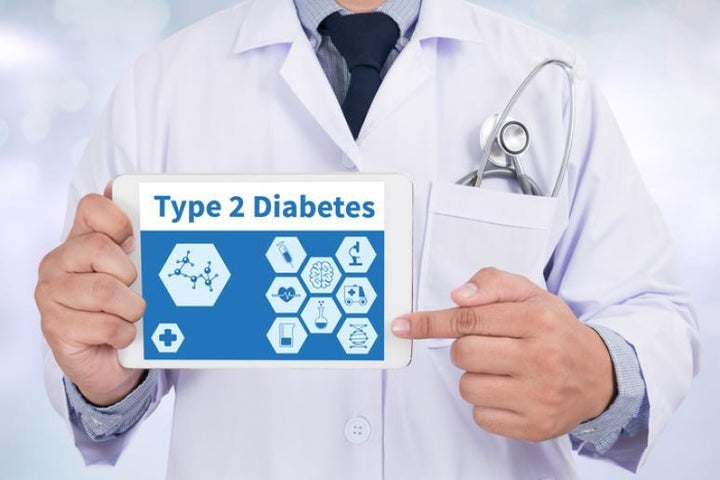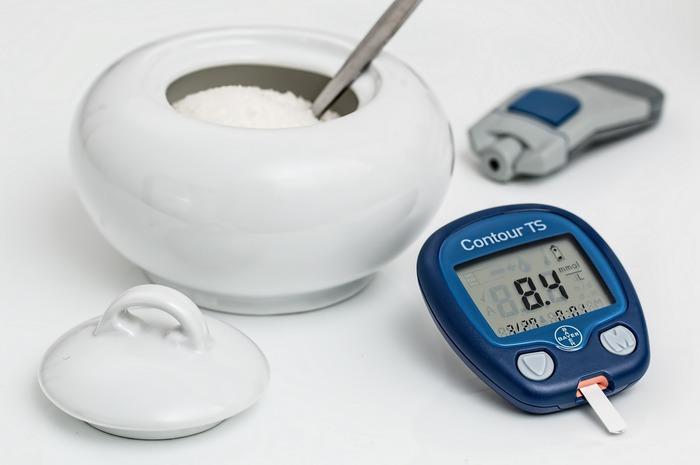
More than 29 million people in the U.S., or 9.3 percent of the population, have diabetes, with 1.7 million people ages 20 years or older diagnosed in 2012 alone, according to the Centers for Disease Control and Prevention (CDC).
“About one third of all individuals with the condition in which blood glucose levels are too high – that is nearly 8 million people – have not been diagnosed, even though their blood sugar values are elevated,” Dr. Athena Philis-Tsimikas from Scripps Health’s Whittier Diabetes Institute in San Diego, says. About 1.4 million new cases are detected every year.
The biggest risk factor is being overweight. “The overall number of calories per person consumed in the U.S. has increased continuously over the past 30 years,” she adds. “Once a person develops diabetes, the consumption of carbs can lead to elevated glucose values that make blood sugar harder to control.”
The best way to manage the situation is to measure blood sugar. Your doctor should let you know what the ideal targets for your specific situation are, Dr. Philis-Tsimikas says. “There is an interesting glucose monitoring device that measures continuous blood glucose every 5 minutes. It can be worn for one week during all your activities.”
It is important to remember that although there may be some weight gain, the benefit of bringing blood sugars into a better control is tremendous since high blood sugars can cause so much damage to many organs in our body such as kidneys, nerves, eyes and heart, Dr. Philis-Tsimikas says.
Diabetes is a chronic disease and usually has a genetic cause, so once it has manifest itself it is difficult to “cure,” but it is possible to reverse the elevations in blood sugar with improvement in diet, physical activity and weight.
“If the blood sugar values correct into the normal range then we might call this ‘diabetes in remission’ or ‘diet-controlled diabetes,’” she adds. There are still a few other risks associated with diabetes such as high blood pressure and abnormal cholesterol levels that can lead to heart disease. Even if the blood sugars are normal, it is important to monitor and manage these other conditions as well.

MYTH #1: Diabetes is not that serious
“Unfortunately, diabetes can be a very silent disease with very few symptoms when blood sugar values may be elevated just above normal,” Dr. Philis-Tsimikas says. “Damage to the eyes, kidneys and nerves can still be occurring even with these low levels, so part of the management is making sure the disease is recognized.” High blood sugars can cause a lot of damage to many organs such as the kidneys, nerves, eyes and heart, she adds.

MYTH #2: People with normal weight don’t get diabetes
“Although the increased risk for diabetes has traditionally been seen with a BMI of over 25, we are now aware that there are a number of racial/ethnic groups which are at a higher risk with a lower BMI, Dr. Philis-Tsimikas says. “For example, Asian-Americans can be at higher risk with a BMI above 23.” Other risk factors include family history and age. Most overweight people never develop type 2 diabetes, and many people with type 2 diabetes are at a normal weight or only moderately overweight, according to the American Diabetes Association.

MYTH #3: I’ll eat less sugar and I’ll be fine
“Probably the biggest risk for developing diabetes is the total quantity of food we are eating and how this impacts our weight,” Dr. Philis-Tsimikas says. “All types of food including carbs, fats and protein, when eaten in excess, can lead to weight gain and subsequently the development of diabetes,” she adds.

MYTH #4: Diabetes symptoms are obvious
“Most symptoms of diabetes are very subtle,” Dr. Philis-Tsimikas says. “They come on slowly and people attribute them to getting older or working longer hours.” Symptoms to watch for include increased urination and thirst, fatigue, and dry or itchy skin, she adds. “These are all very non-descript and can overlap with other health issues, so the best way to look for diabetes is to take a screening test such as a fasting blood glucose and a HbA1c.”

MYTH #5: Herbal supplements help diabetics
“So far the literature and research have not strongly supported any herbal supplements that will treat diabetes,” Dr. Philis-Tsimikas says. The best way to monitor any effects is by checking your blood sugar with a glucose testing monitor. “The morning values should consistently be below 130 and the after meal values should be below 180. If you are achieving these targets then you are doing a good job,” she adds.
